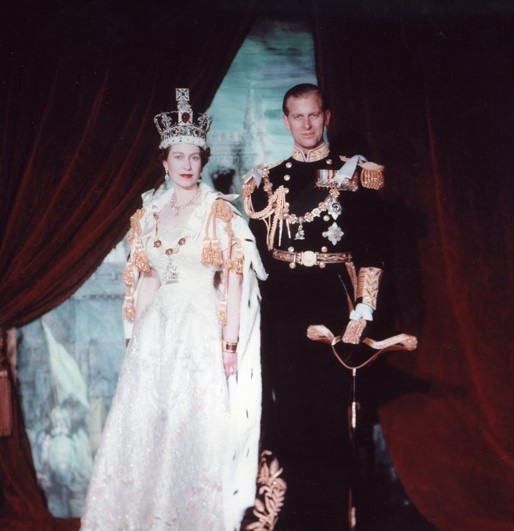
Her Majesty the Queen and the Avro Vulcan’s Platinum Jubilee
On 6 February 1952, while in Kenya with her husband Prince Phillip, Princess Elizabeth was given news of the death of her father King George
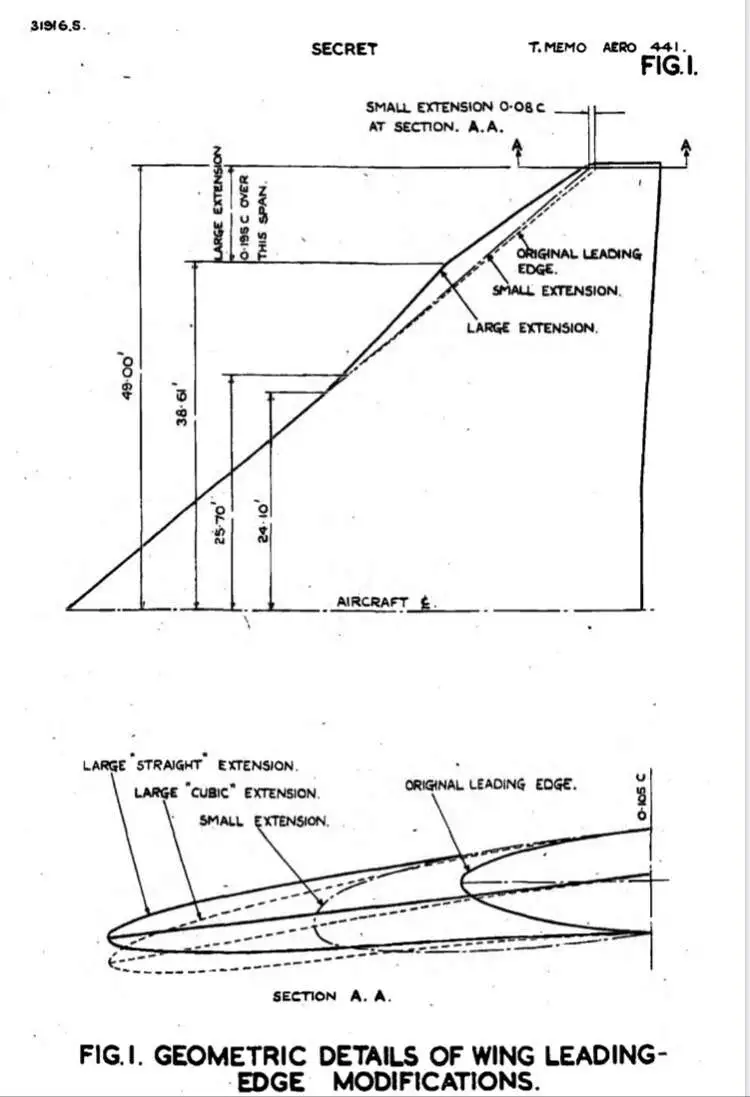
Dr Steve Liddle CEng FRAeS, is a Vulcan to the Sky Trustee and Principal Aerodynamicist at Aston Martin Formula One Team. The articles here are republished from Steve’s occasional series on ‘the aerodynamics of the V-bombers’, that he writes on the Vulcan to the Sky Trust LinkedIn page.
The V-bombers were, by necessity, extremely advanced for the time.
The pitot inlets of the original Vulcan design were replaced by slotted inlets in the leading edge – this fig from an RAE paper shows why. The slotted inlets (top left) swept the isobars more than the wing alone, whereas nacelles reduced the sweep. Clever!
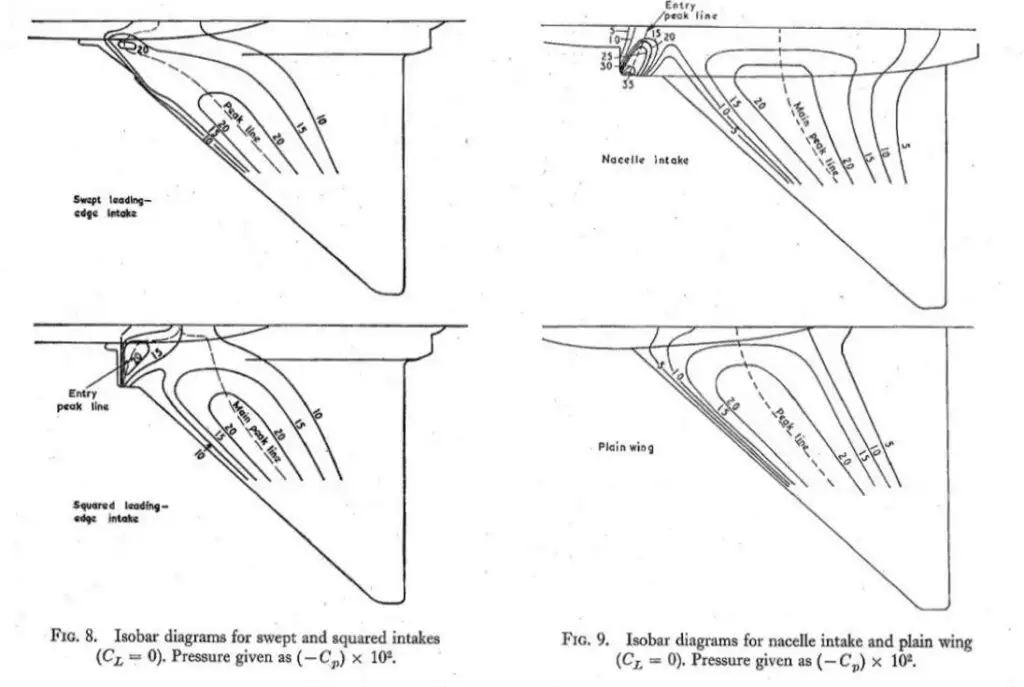
This also illustrates an aerodynamic reason for the success of the Vulcan over the contemporary Gloster Javelin – the latter had a huge region of central span over which the isobars were unswept, not well adapted to transonic flight. In a sense, the larger scale of the Vulcan coupled with engines of the same diameter meant the scaling worked much better. Gloster had little option but to mount the engines outside of the wing, whereas on the Vulcan they were comfortably buried and as shown in the diagram, actually advantageous.
Although known to some as the ‘Tin Triangle’, the Vulcan’s shape was far from the pure delta of Roy Chadwick’s famous conceptual sketch. However, the most obvious deviation, the spanwise sweep variation of the leading edge, was instigated late enough that the initial production aircraft were built without it.
Obviously top secret at the time, but nearly seven decades on we have access to the details of the technical work that resulted in this modification, from several contemporary sources. The operational concept of the V-bombers relied on out-performing the defences that they encountered; maintaining that edge meant continuously exploiting potential performance gains wherever found. As the high speed, high altitude corner of the flight envelope was explored by both the Avro 707 test aircraft and the Vulcan prototypes themselves, buffet related to shock-induced airflow separation was encountered. While inevitable at some point, pushing back the Mach number that this began to occur at was critical to opening up the Vulcan’s speed and altitude capability. An important tool was the 10’x7’ high speed windtunnel at the Royal Aircraft Establishment, Farnborough. Published internally in 1955, Technical Memoranda 441 was written by RAE Aerodynamicist Ken Newby to document the work he had undertaken, in conjunction with Avro.
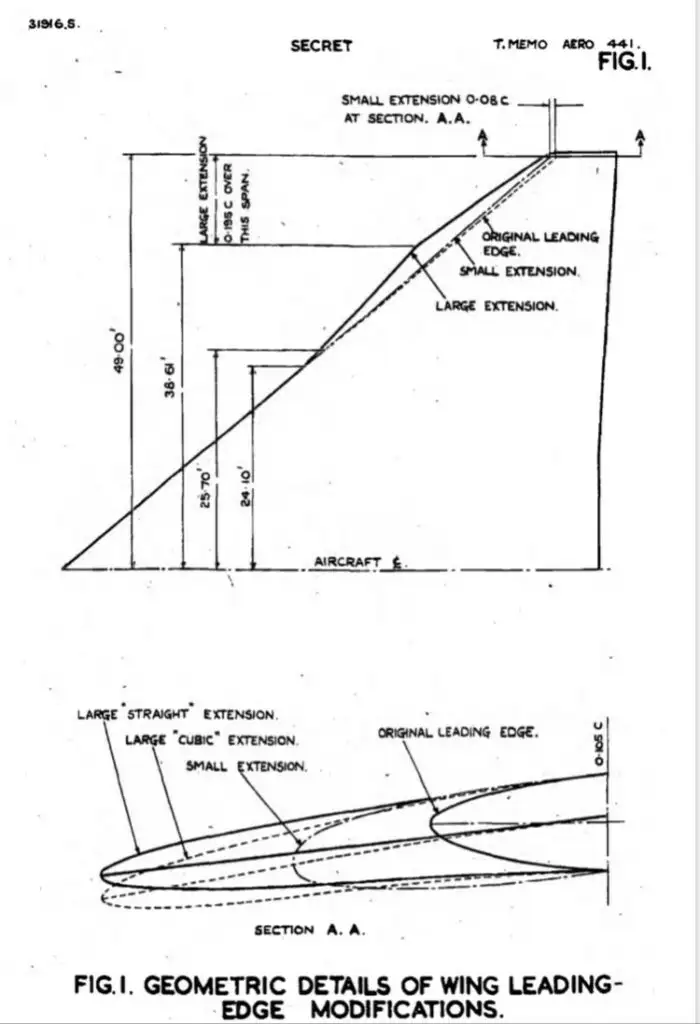
The figure reproduced here shows a planview of the original wing and the leading-edge modifications tested, together with a detailed cross-section through the revised profile. A fascinating insight into just how close to the frontier of knowledge this work was is given in this report. In essence, there was no accepted method of connecting the problem encountered in flight with measurements that might be devised from a wind tunnel test. Applying some engineering logic, Newby reasoned that there should be a correlation between the onset of separation in the wind tunnel at the most loaded spanwise station of the wing, and the conditions at which buffet was first found in flight test. Pressures at the trailing edge were measured at 83% semi-span (identified as the most critical station) to detect separation; the correlation to flight test results from both 707 and 698 (Vulcan) data was regarded as, ‘in very good agreement.’
The cross-section diagram shows three different leading edge possibilities: a short extension, a long extension and finally a curved, long extension. The long extension was based on an existing thin aerofoil design known to have reasonable properties at high subsonic Mach numbers, with the aim of allowing supersonic expansion to efficiently occur. This aerofoil, RAE 101, was part of a family of such designs developed at the RAE and would be used, for example, on the inboard wing of the Buccaneer. This modification was successful in extending the buffet boundary of the Vulcan, and was further complemented by an array of vortex generators at 25% chord.
Several statements are made in the report that seem more profound in retrospect than may have been the case at the time. It is commented that for expediency, some of the tests were conducted on a wind tunnel model of the Avro Atlantic rather than the Vulcan. At the time, there was a live project at wind tunnel stage for a Vulcan-derived intercontinental airliner. It is of course fascinating to consider what might have been, had this or the Vickers V1000 and HP111 come to fruition. However, a statement that, prior to any wind tunnel tests being undertaken, an array of Vortex Generators were flight-tested on the 707A seems amazing from our viewpoint today. One would hope that this was a relatively low risk test, but ultimately a test pilot strapped on a high performance jet, designed at the limit of technology, but now incorporating an untested aerodynamic change. Like the crews who would man the Vulcan in service, he went because it was essential that he did so.
The efforts of Ken Newby and his colleagues, well over sixty years ago, to push the performance of the Vulcan required them to innovate in their approach, invent new technology and techniques and above all do this within a very restricted timescale. What is remarkable is the extent to which this was inspired by competition; perhaps to a civil servant the desire to make sure Britain came out on top, but certainly the marginal gains achieved in the development of the Vulcan and Victor were fuelled by the push to win the contract with the best engineered solution. Honouring the past, inspiring the future.
Newby, K. W; The effects of leading edge modifications on the buffet boundary of the Avro Vulcan; RAE TM.441; March 1955

On 6 February 1952, while in Kenya with her husband Prince Phillip, Princess Elizabeth was given news of the death of her father King George
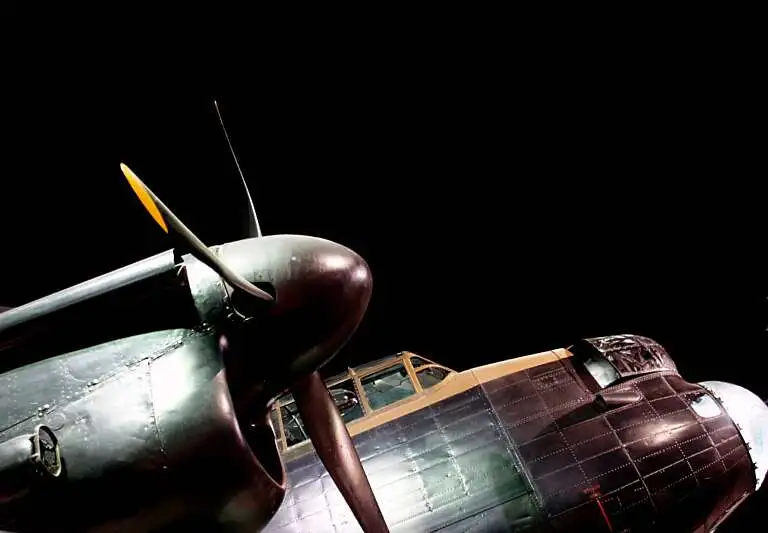
Barnes Wallis The concept for the Dambusters raid was first proposed early in World War II by aeronautical engineer Barnes Wallis. He suggested using a
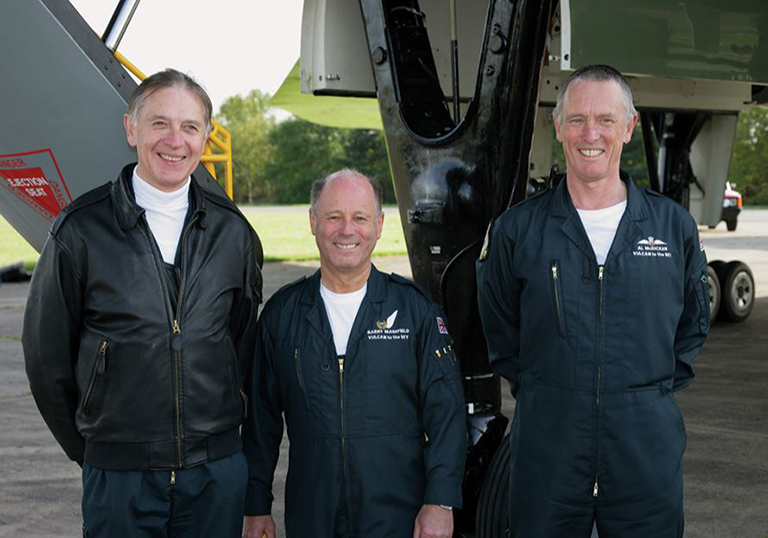
Barry Masefield was the Air Electronics Officer (AEO) for Vulcan XH558 and had flown in this iconic aircraft for over 30 years, also being a key
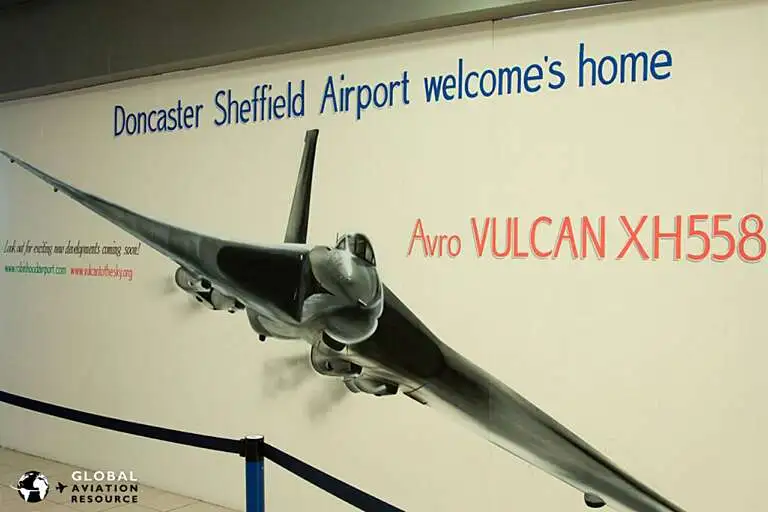
Header image | source: globalaviationresource.com For the first few years after her return to flight in 2007, Vulcan XH558 operated from a number of bases